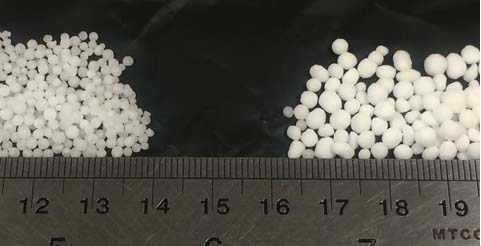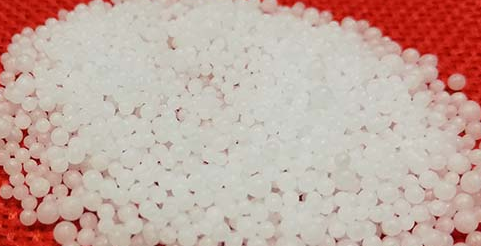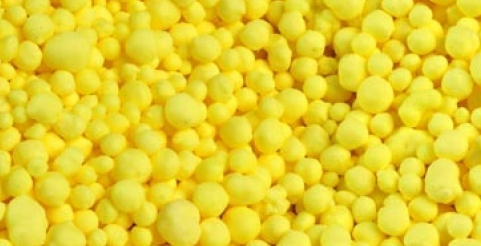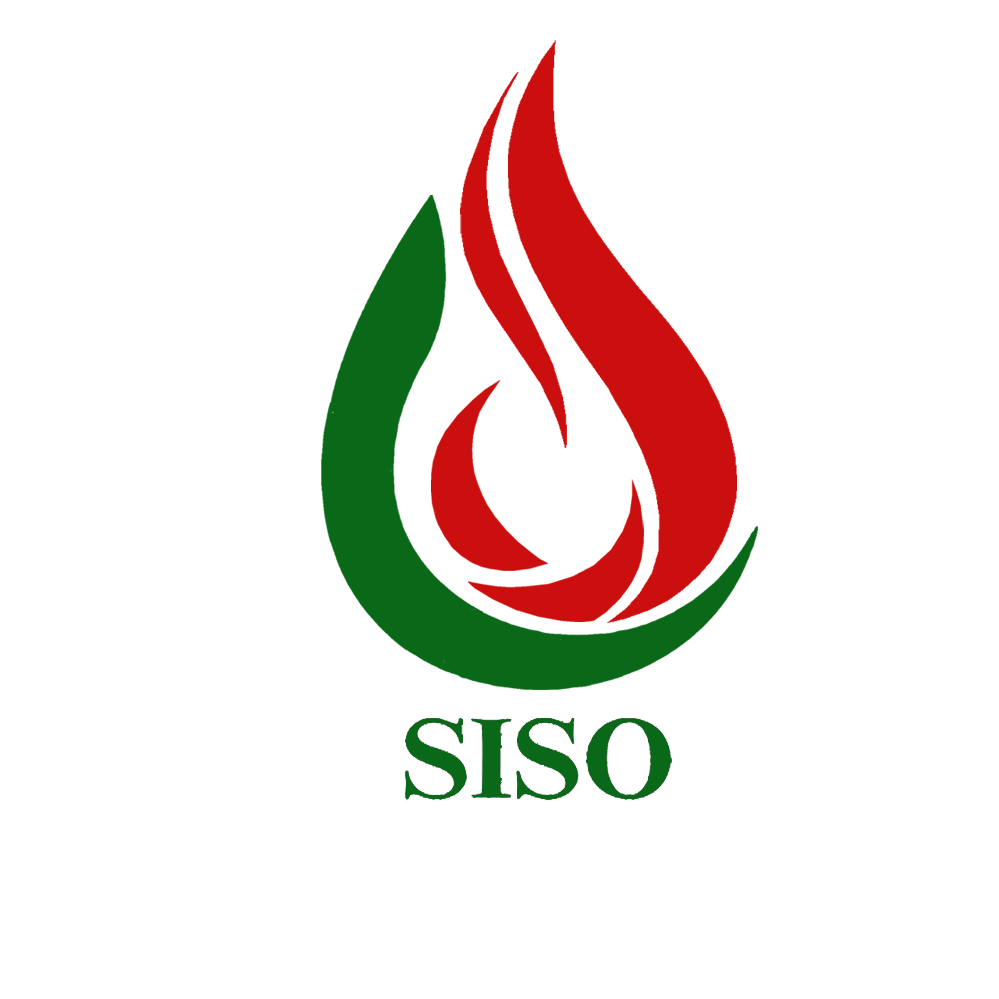
Urea is nitrogen fertilizer with an NPK (nitrogen-phosphorus-potassium) ratio of 46-0-0. The chemical formula of the urea is close in composition to the organic formulation of the urea, which also provides a number of advantages in the mass use for feeding crops. Although urea is naturally produced in humans and animals, synthetic urea is manufactured with anhydrous ammonia.
Difference in Urea Granule and Prill
Urea fertilizer in terms of its shape is divided into two groups of granules and peril. Usually, both samples have the same analysis and 46% nitrogen. prill fertilizer is usually softer than granola. Usually the size of pearl is between 1 up to 2/4 mm but Granule is between 2 up to 4 mm. Some farmers prefer granules because they are gradually absorbed, and others think prill is better for faster absorption. It may seem strange, but based on the experience of Siso group, sometimes these two kinds of psychological aspects are chosen, and in some areas they prefer one to another.
Packing : 50 kg bag , jumbo 1000 kg
Application : fertilizer , feed supplement as well as a raw material for the manufacturing of plastics and drugs.

For more information on the product grades and data sheet, please feel free to contact us

Sulfur (S) is the 16th element on the periodic table. Sulfur is the tenth most abundant element in the universe, and it is fairly common on Earth as well. It is a pale yellow, odorless, and brittle material that has been known since ancient times. 25% of today’s produced sulfur is recovered from the petroleum refining process or the process of extracting materials from ores containing sulfur. Most sulfur is produced from underground deposits.
Sulfur is used in a variety of ways in both gaseous and solid compounds, however sulfur is also a major component of the group of pollutants known collectively as sulfur oxides or SOx.
Uses
Sulfur is commonly used to create sulfuric acid, which is used in a number of different industries. Specifically, sulfuric acid is used to make fertilizers and lead-acid batteries. As well, sulfur is used in the production or inorganic chemicals, matches, explosives, cement, and glass.
Along with sulfuric acid, sulfur forms compounds such as hydrogen sulfide and sulfur dioxide. Sulfur dioxide is used as a bleaching agent, solvent, disinfectant, and refrigerant. However, when combined with water it forms sulfurous acid, which is a major component of acid rain.
Packing : Bulk , Big bag
For more information on the product grades and data sheet, please feel free to contact us
